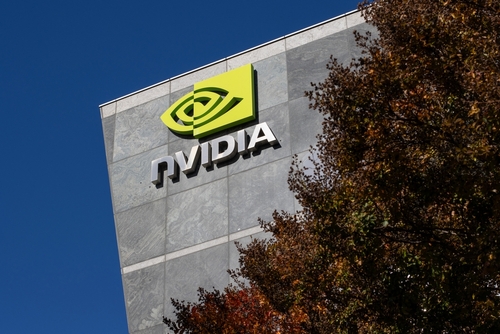Huawei allegedly smuggled 2.9 million TSMC dies through an intermediary
Huawei Technologies Co.’s Ascend 910C processors, considered China’s most competitive alternative to Nvidia’s AI hardware, contain advanced components from major Asian chipmakers.Research firms, including TechInsights conducted teardowns that revealed the Shenzhen-based company relied on advanced parts from Taiwan Semiconductor Manufacturing Co. (TSMC), Samsung Electronics Co., and SK Hynix Inc. to build its third-generation Ascend accelerators.
Huawei relies on stockpiled memory chips for its Ascend 910C
Huawei began shipping the Ascend 910C earlier this year, giving the market a competitive alternative to Nvidia Corp’s advanced AI processors. While the chips are fully designed in China, investigations conducted by Techinsight revealed that the dies powering the Ascend 910C originated from TSMC’s 7-nanometer process technology, contradicting the assumption that domestic foundry Semiconductor Manufacturing International Corp. had been responsible for fabricating the latest generation.The South China Morning Post confirmed that separate chip samples contained TSMC-made dies and high-bandwidth memory (HBM2E) obtained from Samsung and SK Hynix. The report confirmed that Huawei gained access to millions of TSMC wafers through an intermediary company called Sophgo.
TSMC has since cut ties with Sophgo, disclosed the transactions to U.S. authorities, and reiterated that it has not supplied Huawei directly since September 2020, according to a Reuters report. However, the existing stockpile of dies is expected to support Huawei’s shipments of the Ascend 910C this year.
Both Samsung and SK Hynix said they ceased doing business with Huawei after export restrictions were imposed. South Korean companies emphasized compliance with U.S. export regulations and confirmed that they no longer supply Huawei with restricted components.
Dylan Patel, a SemiAnalysis analyst, revealed that Huawei purchased approximately $500 million worth of wafers via Sophgo, which later resold around 2.9 million dies to the company. Patel’s analysis suggests that China may face a supply shortage for high-bandwidth memory by the end of this year, with local producers such as Changxin Memory Technologies still far from achieving mass-scale output. SK Hynix is the top producer among Micron Technology and Samsung in developing advanced components used in AI chips.
Ascend 910C combines two Ascend 910B dies
The Acend 910C processor incorporates HBM2E, an earlier generation of high-bandwidth memory, which is essential to the functioning of AI accelerators. The technology behind HBM is so complex that even Samsung struggled to get its HBM used by Nvidia for years. The 910C processor is the latest generation of Huawei’s earlier series, which combines two 910B dies. The design approach shows Huawei’s reliance on previously acquired foreign technology to extend the life of its hardware lineup.According to TechInsight research, Ascend 910C has been built on Huawei’s in-house DaVinci architecture. The chip integrates 32 cores capable of delivering 256 teraflops of FP16 performance or 512 TOPS of INT8 performance, supported by 84 MB of on-chip SRAM and four HBM2 channels, which deliver over 1.2 TB/s of memory bandwidth. Unlike most AI accelerators, the 910C also features 16 Arm-compatible Taishan CPU cores, enabling it to operate without a host processor and run complete operating systems.
TSMC has confirmed that the dies used in the recently analyzed chips match those manufactured before the company stopped its shipments, rather than newly fabricated products. Components produced by Samsung and SK Hynix were also identified in separate samples of the 910C. The memory chips, introduced several years ago, are believed to have been acquired before Washington expanded restrictions in 2024 to cover advanced memory sales to China.
The U.S. first added Huawei to its Entity List in 2019, which prevented the company from sourcing advanced semiconductors, manufacturing tools, and design software. Restrictions were expanded in late 2024 to include AI accelerators and the high-bandwidth memory modules that power them. The measures aimed to curb Beijing’s access to frontier AI systems and slow the development of domestic chipmaking capacity.

Huawei allegedly smuggled 2.9 million TSMC dies through an intermediary | Tech Samsung | CryptoRank.io
Huawei allegedly smuggled 2.9 million TSMC dies through an intermediary, Sophgo, despite export controls being in place.
I don’t have access to the original report, but plenty of commentary on it in the news. Huawei is also living off of banked HBM memory they acquired in 2020.






